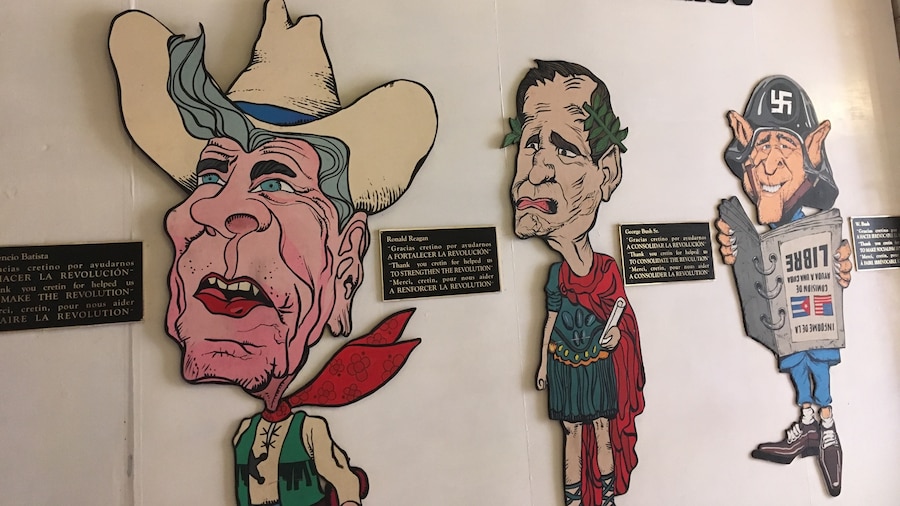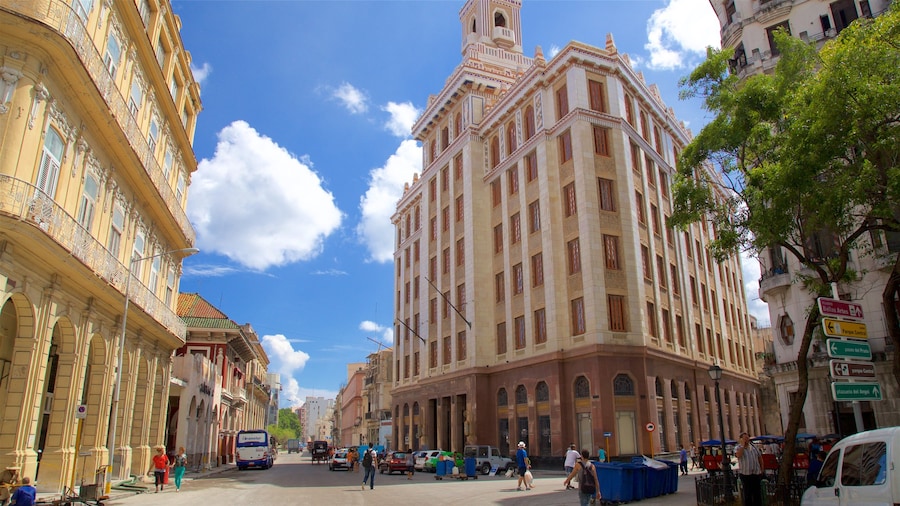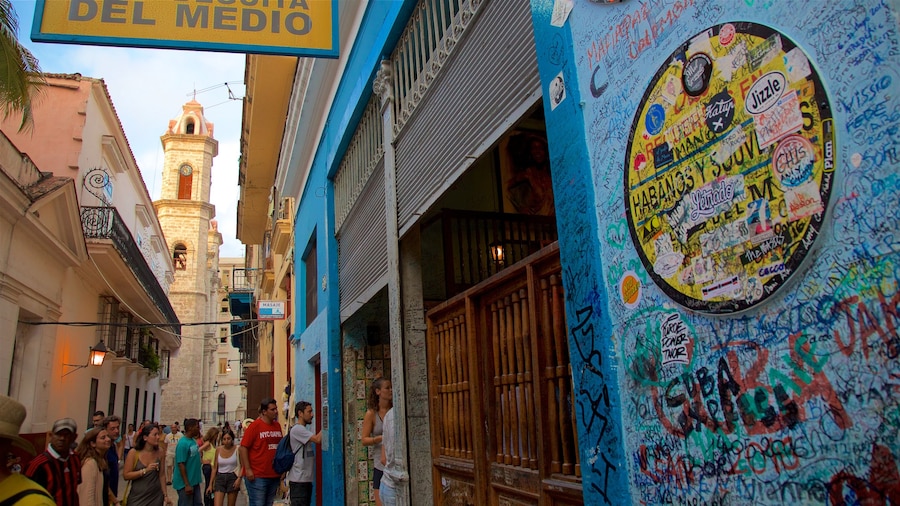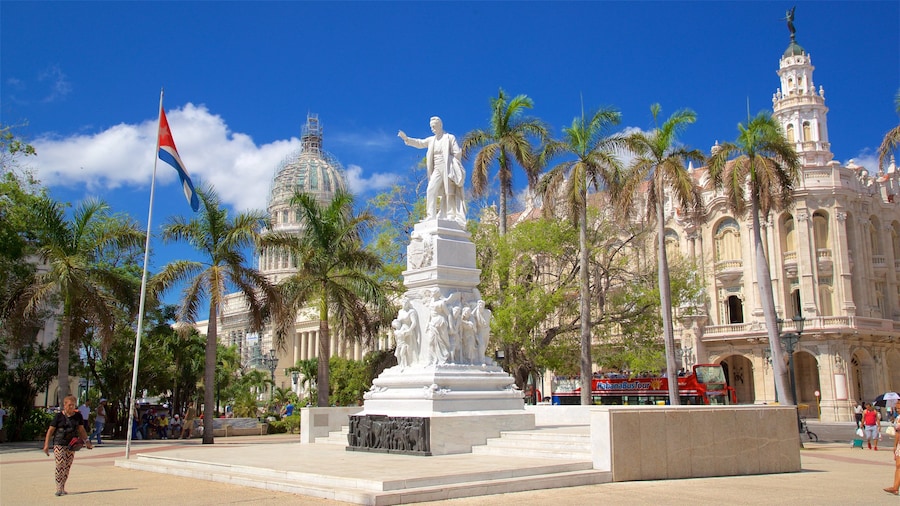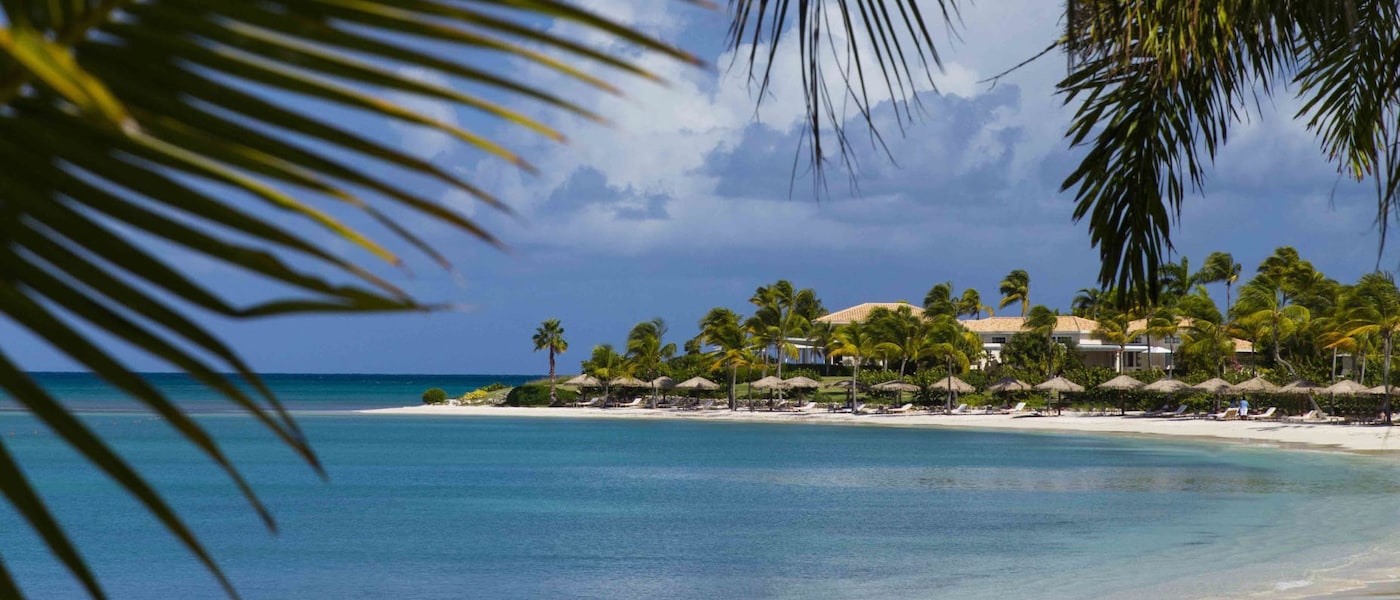Take a walk through the ages of Cuba’s fascinating and often turbulent history at the Museum of the Revolution (Museo de la Revolución). Discover details about the nation’s colonial years to its War of Independence and the 1950s revolutionary war. Learn about political leaders and activists such as Fidel Castro and Che Guevara. Spot works by famous Cuban artists and see examples of military vehicles.
The Museum of the Revolution is housed in the one-time Presidential Palace, a landmark building that features designs by Belgian architect Paul Belau. It was the home of Cuban presidents and dictators between 1920 and 1959. It became a museum in the 1970s. Admire the building’s well-preserved and sumptuous neoclassical façade. In front of the main entrance is a tank used by Fidel Castro during the Bay of Pigs Invasion in 1961.
Step inside and wander around opulent rooms decorated by the world-renowned New York jeweler Tiffany’s. Among these is a replica of the Palace of Versailles’ Hall of Mirrors. Marvel at the marble and gold ornamentation of the Golden Hall. Appreciate paintings by Cuban artist Esteban Valderrama and Spanish-born Mariano Miguel González.
The museum exhibits run chronologically and start on the building’s upper floor. Find information about pre-Colombian Cuba, the colonial years and War of Independence, fought against Spanish rulers in the late 1800s. Understand the life and political influence of the Argentine revolutionary Che Guevara.
Get an insight into the Cuban Revolution, a mutiny led by Fidel Castro against the U.S.-supported government of the dictator Fulgencio Batista between 1953 and 1959. See blood-stained military uniforms, models of battles, photographs and a weaponry collection.
The museum is about a 10-minute walk from major city landmarks, including Cathedral Square, Plaza de Armas and the Malecón. Directly behind the museum is the Granma Memorial. It has displays of military vehicles and a yacht, on which Castro and 81 soldiers sailed when they returned to Cuba in 1956 following their exile in Mexico.
The Museum of the Revolution is open daily and there’s an admission fee. Many of the exhibits have information signs in English.








